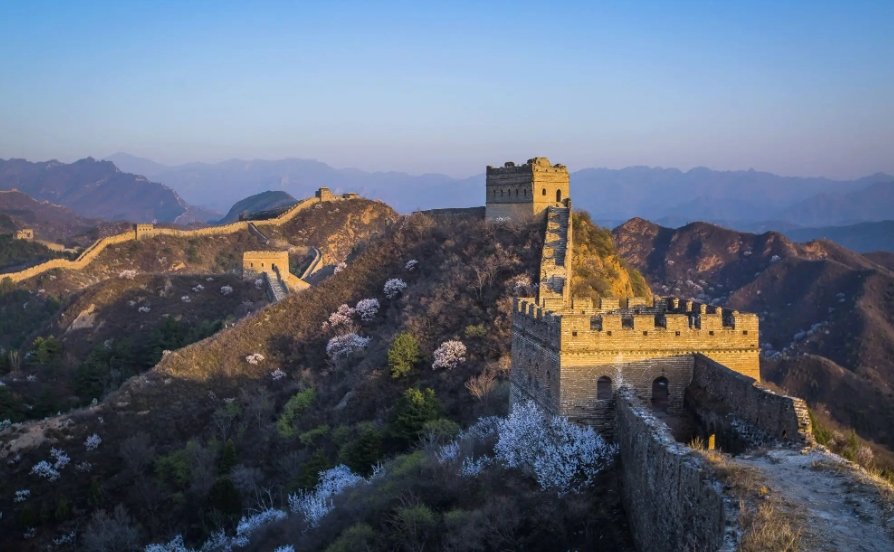
What Did the Original Great Wall of China Look Like?
The Great Wall of China, an iconic symbol of human ingenuity and perseverance, wasn't built in a day, nor was it built with a single design. Its construction spanned centuries, with each dynasty adding its own chapter to the Wall's history and appearance. Understanding the original Great Wall means taking a trip back in time, to a period long before the imposing stone structure we see today.
Humble Beginnings: Earth and Wood
The earliest incarnations of the Great Wall, dating back to the 7th century BC, were a far cry from the monumental fortifications of later periods. These initial walls were primarily constructed using rammed earth and wood.
- Rammed earth, a simple yet effective building technique, involved compacting layers of earth and aggregate between temporary wooden forms. This method provided a sturdy base, particularly well-suited to the dry climate of northern China.
- Timber, readily available and easy to work with, formed the upper sections of the wall, acting as walkways and watchtowers.
While less durable than stone, these materials were readily available and allowed for rapid construction, essential for defending against swift nomadic raids.
Imperial Ambition: Strengthening and Extending the Wall
With each successive dynasty, the Great Wall became both longer and stronger. Emperors recognized the strategic importance of this formidable barrier and invested heavily in its expansion and reinforcement.
- Emperor Qin Shi Huang, the unifier of China, is credited with connecting existing walls and fortifications into a cohesive defense system. His engineers employed vast armies of laborers to extend the Wall, pushing its boundaries further westward.
- The Han Dynasty, facing persistent threats from the Xiongnu people, further strengthened and extended the Wall, constructing watchtowers at regular intervals to enhance communication and troop deployment.
These constant upgrades reflected the ongoing struggle between the Chinese empires and nomadic tribes vying for control of the northern frontier.
A Tapestry of Materials: From Brick to Marble
While rammed earth and wood remained prevalent, later dynasties incorporated more durable materials into the Wall's construction, leading to a diverse and fascinating architectural tapestry.
- Bricks, fired in kilns, offered enhanced strength and fire resistance compared to earlier materials. They were particularly favored in areas where suitable earth for ramming was scarce.
- Quarried stone, such as granite and in some cases, even luxurious marble, represented the pinnacle of Great Wall construction. These materials, while more challenging to transport and shape, imparted unmatched durability and a sense of imperial grandeur.
The use of these materials varied depending on local resources, the intended function of specific sections, and the architectural tastes of the ruling dynasty.
A Legacy in Stone and Earth
The Great Wall we see today, primarily built during the Ming Dynasty, represents the culmination of centuries of construction and innovation. While the original earthen and wooden structures have largely succumbed to the elements, their legacy lives on in the imposing stone dragon that snakes its way across the Chinese landscape. The story of the original Great Wall is a testament to the evolving needs of a civilization constantly striving to protect its borders and project its power.
Q&A
Q: Was the entire Great Wall made of stone?
A: No, the earliest versions of the Great Wall were primarily constructed using rammed earth and wood. Stone, particularly brick and later granite, became more common in later periods.
Q: Why were different materials used to build the Great Wall?
A: The choice of materials depended on factors like availability, cost, intended function, and the architectural preferences of the ruling dynasty.
Q: How did the design of the Great Wall evolve over time?
A: It started as a series of disconnected walls and fortifications, eventually evolving into a continuous and increasingly sophisticated barrier with watchtowers, barracks, and strategic fortifications.
note: This return of all, without the author's permission, may not be reproduced